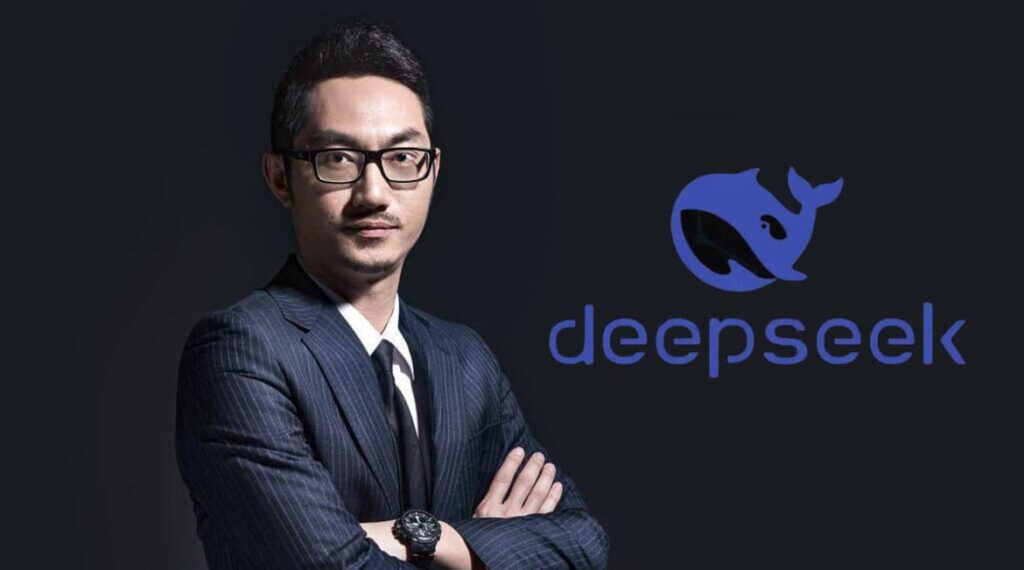The reactions to DeepSeek—a Chinese AI lab that developed a powerful model with less funding and compute than current world leaders—have come thick and fast. Amid the noise, one thing is clear: DeepSeek’s breakthrough is a wake-up call that China’s AI capabilities are advancing faster than Western conventional wisdom has acknowledged.
There are three main insights policymakers should take from the recent news.
1. DeepSeek Is the Product of an Increasingly Innovative China
The biggest mistake U.S. policymakers can make is treating DeepSeek as an anomaly—it is not. DeepSeek is emblematic of a broader transformation in China’s AI ecosystem, which is producing world-class models and systematically narrowing the gap with the United States.
Beyond DeepSeek, China boasts over 250 generative AI startups, with at least five startups—Zhipu AI, Moonshot AI, MiniMax, 01.AI, and Baichuan AI—achieving unicorn status in the past year alone. These companies aren’t copying Western advances, they are forging their own path, built on independent research and development.
DeepSeek’s CEO, Liang Wenfeng, has been explicit about this ambition. “China’s AI cannot remain a follower forever,” he told a Chinese outlet last year. “The real gap is between originality and imitation.” This innovation extends beyond startups. China’s AI prowess comes from both its large players and its small ones. A closer reading of DeepSeek’s own paper makes this clear. The paper compares DeepSeek’s strength over OpenAI’s o1 model, but it also benchmarks against Alibaba’s Qwen, another Chinese model included for a reason: it is among the best in class. In fact, it outperforms leading U.S alternatives like OpenAI’s 4o model as well as Claude on several of the same benchmarks DeepSeek is being heralded for.
Focusing solely on DeepSeek risks missing the bigger picture: China isn’t just producing one competitive model—it is fostering an AI ecosystem where both major tech giants and nimble startups are advancing in parallel.
DeepSeek may stand out today, but it is merely the most visible proof of a reality policymakers can no longer ignore: China is already a formidable, ambitious, and innovative AI power.
2. China’s AI Success Is Politically Engineered
DeepSeek exemplifies the symbiotic relationship between China’s AI firms and the state. Companies that prove themselves aren’t left to grow alone—once they demonstrate capability, Beijing reinforces their success, recognizing that their breakthroughs bolster China’s technological and geopolitical standing. This creates an AI ecosystem where state priorities and corporate achievements fuel each other, giving Chinese firms an edge while putting U.S. firms at a disadvantage.
This cycle is now playing out for DeepSeek. On the day R1 was released to the public, CEO Liang Wenfeng was invited to a high-level symposium hosted by Premier Li Qiang, as part of deliberations for the 2025 Government Work Report, marking the startup as a national AI champion. This is not just symbolic—it will likely lead to state-backed investment, preferential policy treatment, and credibility within China’s AI sector. In an industry where government support can determine who scales fastest, DeepSeek is securing the kind of institutional backing that strengthens its long-term position.
The company’s rise also aligns with Beijing’s broader strategy. DeepSeek launched R1 just as the U.S. was recalibrating its AI policy under President Trump. The timing was pointed: while Washington was preparing to reset its AI strategy, Beijing was making a statement about its own accelerating capabilities. Even more awkwardly, the day after DeepSeek launched R1, President Trump announced the $500 billion Stargate initiative—an AI strategy built on the premise that success depends on access to vast compute. Yet DeepSeek had just demonstrated that a top-tier model could be built at a fraction of OpenAI’s costs, undercutting the logic behind America’s big bet before it even began.
DeepSeek isn’t just a corporate success story—it’s an example of how China’s AI ecosystem has the full backing of the government.
3. China’s AI Firms Scale Without the Constraints U.S. Firms Face
While DeepSeek has only just released its consumer-facing app, it will benefit from a structural advantage inherent in China’s AI ecosystem: Chinese AI firms operate in a more permissive environment for consolidation and partnerships, whereas U.S. firms face regulatory hurdles at home that limit their ability to do the same.
In China, AI firms scale rapidly through deep partnerships with other tech companies, benefiting from integrated platforms and government support. DeepSeek, for example, is rumored to be in talks with ByteDance, a deal that would likely provide it with significant access to the infrastructure to scale. While details remain unclear, this would not be surprising. Open-source models like DeepSeek rely on partnerships to secure infrastructure while offering research expertise and technical advancements in return. Closed-source models take a different approach, embedding themselves into platforms to ensure wide adoption. Zhipu AI, for instance, has partnerships with Huawei and Qualcomm, gaining direct access to millions of users while strengthening its partners’ AI-powered offerings.
While U.S. firms could similarly benefit from strategic partnerships, they are impeded by an overly stringent domestic antitrust environment. Restrictive scrutiny makes consolidation and alliances significantly more challenging, limiting the ability of American AI companies to grow through acquisitions or strategic partnerships that could accelerate their development. If policymakers hope to maintain America’s AI edge, they should resist short-sighted antitrust actions that weaken U.S. firms and ensure AI regulation doesn’t impose unnecessary burdens on innovation.
U.S. Policymakers Can’t Afford to Get This Wrong
DeepSeek is not just a technical achievement—it is a reality check. China’s AI firms are innovating at the frontier, supported by a government that ensures they succeed, and a regulatory environment that supports them scaling. If the United States wants to stay ahead, it should recognize the nature of this competition, rethink policies that disadvantage its own companies, and ensure it doesn’t hamstring its AI firms from being able to grow.
Image Credits: Chinatalk Media | Sohu


